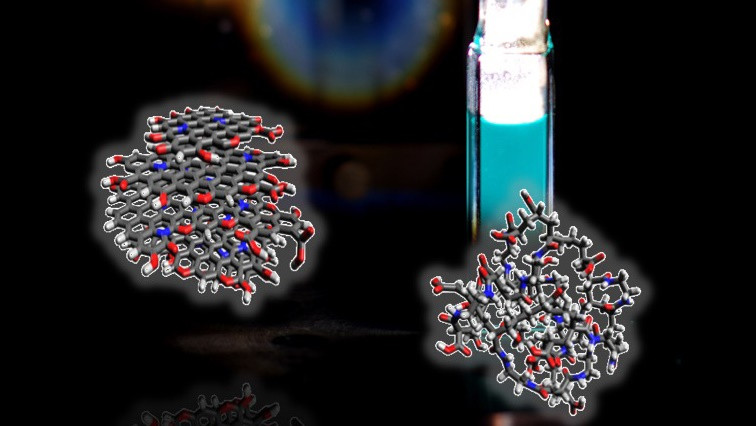Light is not only the primary source of energy for life on Earth, it is also hugely important for a number of technical applications. Nanomaterials such as carbon nanocolloids (CNC) which can be used to tailor light-material interactions will have an important role to play in the technology of the future.
As a sustainable product, they will help to avoid toxic waste and excessive consumption of resources. However, their range of application has been rather limited to date as their heterogenity hindered researchers in their attempts to find a uniform way of describing CNCs in an excited state.
An international team of researchers, including researchers from FAU headed by Prof. Dr. Dirk M. Guldi from the Chair of Physical Chemistry I have now managed to identify the fundamental problems relating to the photophysics and photochemistry of carbon nanocolloids (CNC), and ascertain possible approaches for research into these readily available, non-toxic and adaptable nanomaterials. The researchers have published their results in the journal Chem, in an article titled ‘Optical processes in carbon nanocolloids’.
Carbon nanocolloids are highly heterogeneous materials. They are tiny carbon-based particles of less than 10 nanometres in diameter. The lack of a common description of their properties in an excited state makes it difficult for them to be used in technological, ecological and biomedical applications. However, one of their most interesting features is their photoluminescence, in other words the emission of light after the absorption of photons, which make them a promising candidate for technological or biomedical applications.
The researchers believe that adding a solution will encourage the luminescence of CNC after irradiation, a process also known as phosphoresence. The findings of the international team will serve as the starting point for making CNCs available for technological applications.
Read the original article on Friedrich-Alexander-Universität Erlangen-Nürnberg (FAU).







